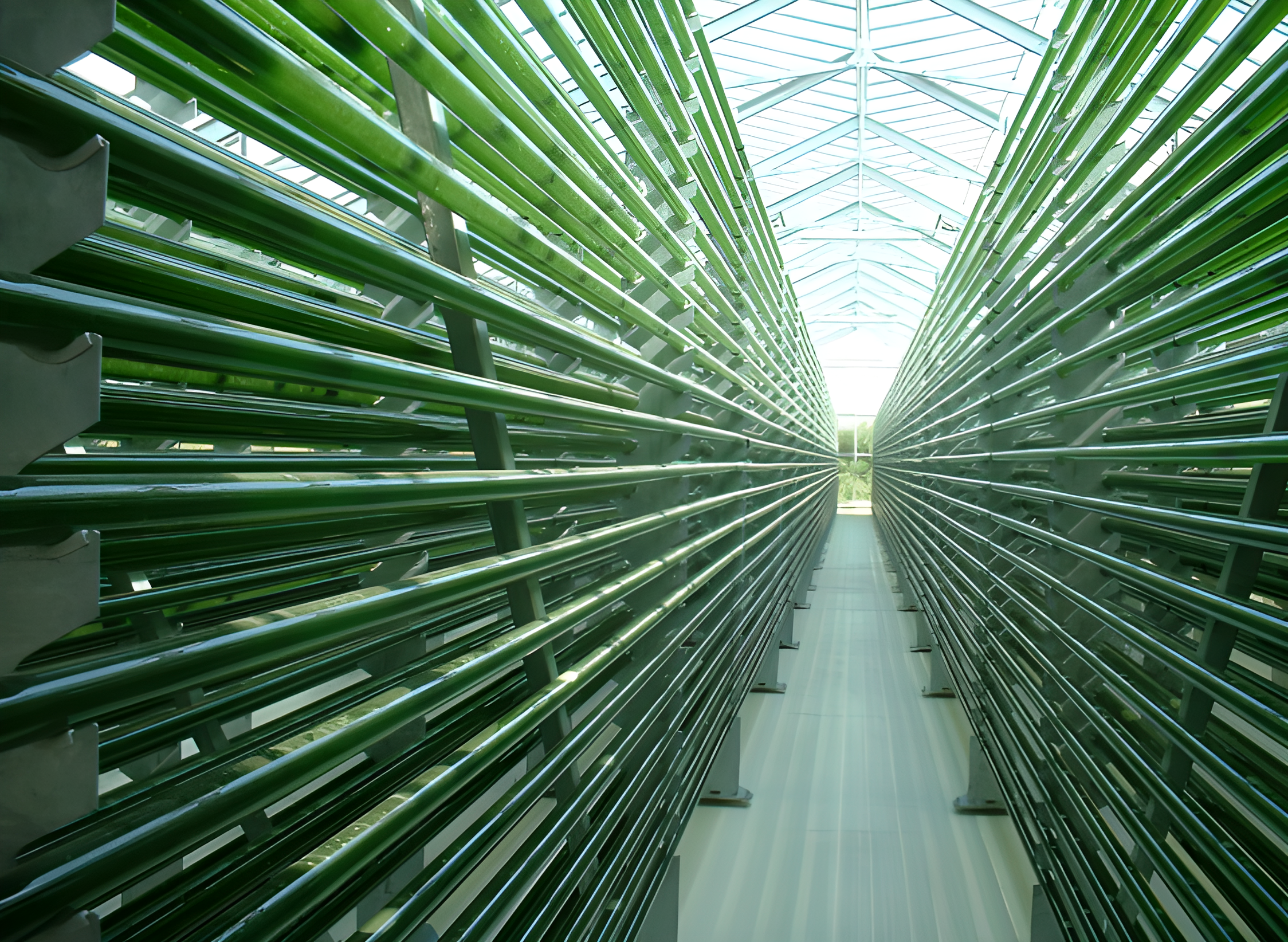
ENERGY & ENVIRONMENT
© California Polytechnic State University
Conversion of solar energy and protection from
photodegradation
Keywords
CO2 capture; solar fuels; solar energy; photodegradation; photo(electro)catalysis; photoprotection; photostability; bioinspired systems; photosynthetic and hybrid systems
Natural photosynthetic systems are highly efficient in converting light energy into chemical energy due to a high degree of control over the four key processes involved in photochemistry:
- the initial harvesting of photons,
- the light-driven separation of charges,
- the efficient capture of relevant abundant substrates, including atmospheric CO2
- the use of photogenerated charges to drive multi-electronic transformation of these substrates, sometimes in a cascade of catalytic steps.
Some mechanisms are implemented to protect the systems from photodamage through sacrificial components and self-repair processes.
The key idea of this axis is to reproduce complex natural organization and performance by synergizing (bio)molecular and materials sciences in hybrid systems that combine the best of both worlds. LUMA will seek to reproduce such controlled organization in artificial photosynthetic systems that combine biological and/or synthetic molecules with inorganic materials acting as adsorbents, light absorbers, redox/electronic relays or catalysts, closely related to the hybrid pigments used in art and hybrid photochromic coatings for the protection of old materials. The structuring of these hybrid systems will be controlled by a set of state-of-the-art supramolecular and nanochemical tools, including the fabrication of molecular origami (DNA constructs, de novo polypeptide masters and cross-linked protein aggregates, functionalization of multifunctional surfaces).
To achieve the above targets, we will optimize the performances of the systems for the stated key functions via the preparation of hybrid photocatalytic systems or photoelectrodes. These systems will be
rationally optimized thanks to multi-physics multiscale modeling. A comprehensive understanding of the degradation processes will allow to design of protective or remediating solutions that will be applied in the systems before their implementation in full photo(electro)chemical devices thanks to fast prototyping and testing under realistic conditions.
Scientific objectives
Hybrid photoelectrodes with implemented antenna for improved light harvesting
The first goal will be to prepare hybrid photoelectrodes with improved performance by exploiting antenna effects using molecular chromophores, plasmonic nanoparticles and semiconductors in combination with modern supramolecular and nanochemical tools; these tools will also allow the optimization of charge injection towards multielectron/multiproton catalysts for various processes: Water splitting, CO2 photo(electro)reduction, other key oxidative and reductive processes in the production of fine and commodity chemicals, photodegradation of inorganic pollutants such as azote oxides.
Hybrid photo(electro)catalytic systems with integrated CO2 capture function
This second objective will consist of designing hybrid composites that can both capture and convert CO2 by integrating CO2 sequestrants (e.g., MOFs12, amines…) into photo(electro)catalytic systems. The efficiency of these composite systems will be optimized by controlling the charge separation at the electronic junctions between the different components (light harvesting, catalysts, substrate).
In depth understanding of degradation processes and implementation of photoprotectionstrategies
The combination of (bio)molecular and solid-state inorganic components has shown promise (e.g., in dye-sensitized solar cells) to stabilize the former due to favorable kinetics and confinement effects. We will investigate the light-driven degradation mechanisms involved in the above-mentioned systems, as well as in hybrid pigments and photochromic coatings used in art or in natural photosynthetic organisms, and develop strategies to enhance photostability in hybrid systems.
Solar fuel production systems
The photo(electro)catalytic systems described above will be integrated into complete photoelectrochemical devices with rapid prototyping. Their performance and stability will be evaluated under realistic simulated and outdoor conditions.
The projects involved


Pas d’actualités